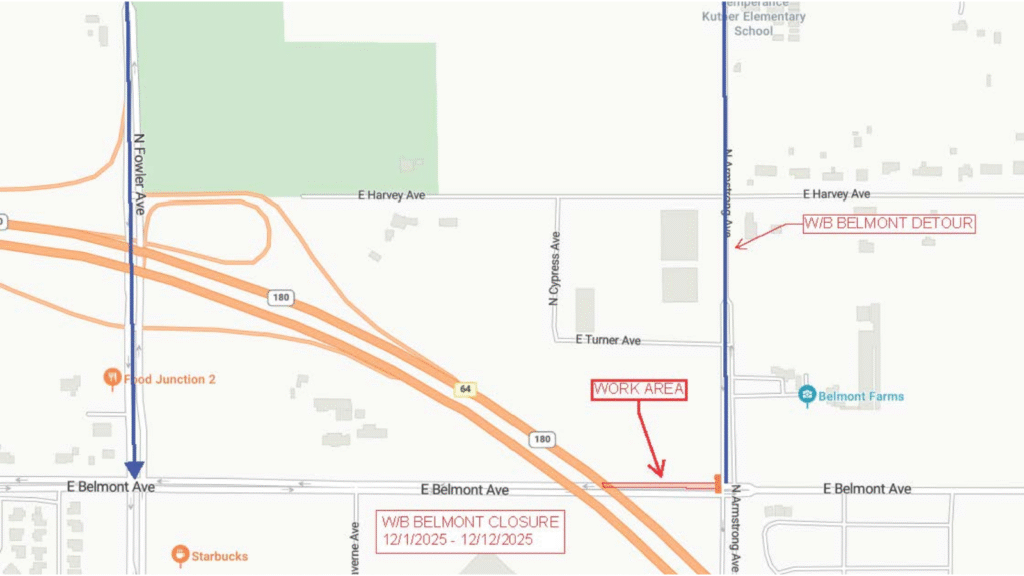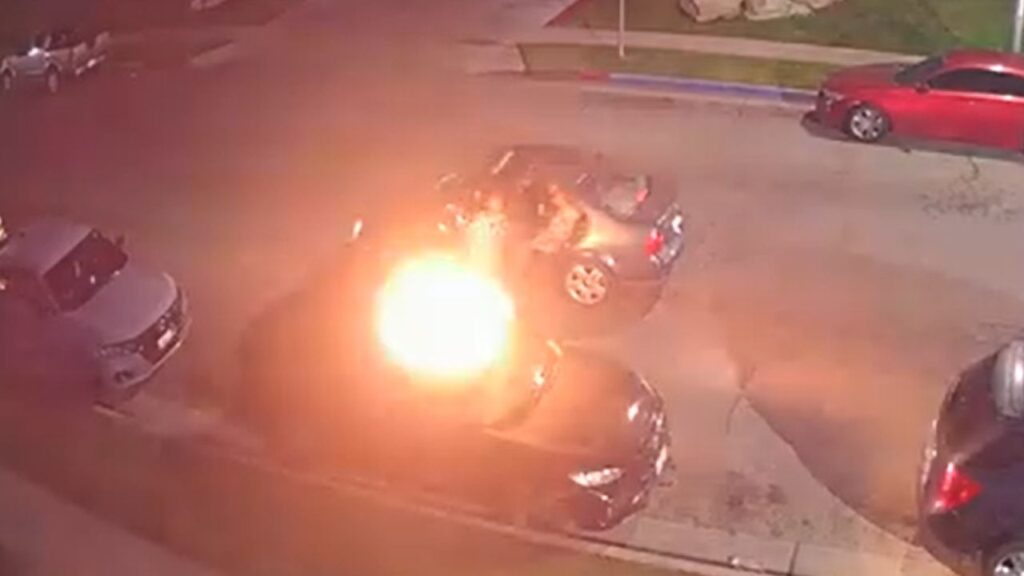Storage containers surround the perimeter of People's Park in Berkeley, Calif. on Thursday, June 6, 2024. A California Supreme Court ruling will allow student housing at University of California to be built at Berkeley's historic People's Park. (AP/Brontë Wittpenn)

- CEQA, which then-Gov. Ronald Reagan signed five decades ago, is often used to hold up projects that appear to have little or no impact on the environment.
- Housing advocates complain about CEQA’s misuse, but the state’s political leaders pay lip service to reforming it.
- However. the misuse of CEQA was dealt a major blow by the California Supreme Court.
Share
|
Getting your Trinity Audio player ready...
|
A plot of land where Interstate 5 crosses the American River in Sacramento was once occupied by the Rusty Duck and Hungry Hunter restaurants, but they’ve closed and their buildings have long been vacant.

Dan Walters
CalMatters
Opinion
Recently a developer acquired the property, proposed putting four new high-rise buildings with 826 apartments on it and won city staff approval.
Given its location next to a very busy freeway and the ramshackle condition of the existing structures, a new cluster of apartment high-rises close to downtown Sacramento would seem to be a perfect fit, which is what city staff concluded as they exempted the project from a detailed review under the California Environmental Quality Act.
However, the American River Association wants to block, or at last delay, approval. The group has appealed the city staff’s findings and filed a lawsuit alleging the project would adversely affect wildlife habitat and create light and noise pollution.
It’s a classic example how CEQA, which then-Gov. Ronald Reagan signed five decades ago, is often employed to hold up projects that would appear to have little or no real impact on the environment.
Related Story: Future of California at Risk if CEQA Environmental Law Remains Unchanged
Supreme Ruling May Move the Needle on CEQA Reform
For years housing advocates have complained about CEQA’s misuse, and the state’s political leaders have only paid lip service to reforming it. Former Gov. Jerry Brown once termed an overhaul of CEQA as “the Lord’s work” but declined to take on environmental and union groups that invoke it.
By happenstance, however, a new state Supreme Court ruling on a highly controversial housing project in Berkeley may move the needle on CEQA reform. That decision ended a three-year battle over a 1,200-unit student housing complex that the University of California wants to build on People’s Park, the legendary site of civil rights and antiwar demonstrations in the 1960s.
Opponents of the project won an appellate court ruling that noise from student occupants was an environmental impact that had to be mitigated. There was an immediate media and political uproar because the ruling seemingly created a new weapon for the not-in-my-back-yard folks, or NIMBYs, who oppose almost any project.
Last year the Legislature intervened by passing legislation that “would specify that the effects of noise generated by project occupants and their guests on human beings is not a significant effect on the environment for residential projects for purposes of CEQA.”
The legislation in effect overturned the appellate court ruling, thus making it easy for the Supreme Court to greenlight the project.
Housing Law Expert Provides Analysis
The Supreme Court’s decision could have a much broader impact on the perennial debate over CEQA, according to Chris Elmendorf, a UC Davis law professor and expert on housing law.
Elmendorf posted a lengthy analysis on X contending that it undercuts the long-standing notion that CEQA trumps other regulatory laws.
“Future generations may look back on today’s decision in the UC Berkeley ‘social noise is pollution?!’ case as the turning point between Old CEQA and New CEQA,” Elmendorf wrote. “Old CEQA emerged from CA Supreme Court cases in 1970s holding that CEQA must be broadly construed to give the ‘fullest possible protection’ to environment.
“The Court of Appeal relied on this maxim in holding that the ‘social noise’ of students is an environmental impact that must be studied and mitigated in context of a university housing project or long-range development plan.
“New CEQA is just an everyday statute, to be construed like other statutes. Be faithful to text, be reasonable, and heed the Legislature’s signals.
“When it comes to housing, the era of CEQA as ‘super-statute’ is, I think, over,” Elmendorf concluded.
It’s not the comprehensive overhaul of CEQA that’s been debated for years, but if Elmendorf’s legal analysis is correct, the misuse of CEQA has suffered a major blow.
About the Author
Dan Walters is one of most decorated and widely syndicated columnists in California history, authoring a column four times a week that offers his view and analysis of the state’s political, economic, social and demographic trends. He began covering California politics in 1975, just as Jerry Brown began his first stint as governor, and began writing his column in 1981, first for the Sacramento Union for three years, then for The Sacramento Bee for 33 years and now for CalMatters since 2017.
Make Your Voice Heard
GV Wire encourages vigorous debate from people and organizations on local, state, and national issues. Submit your op-ed to bmcewen@gvwire.com for consideration.
RELATED TOPICS:
Categories



















